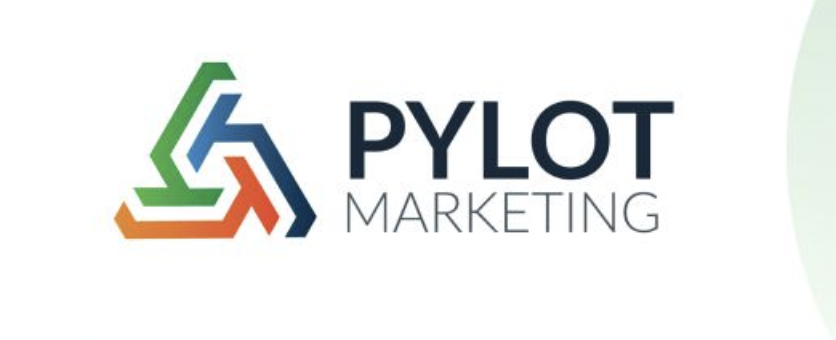The Definitive Personal Brand Building Guide for Freelancers
A strong personal brand is essential for a freelancer. Your brand is how others view you and what they associate with your name.
Branding yourself is a type of marketing in which you express your worth to potential customers. The following are the stages to developing a personal brand that can persuade prospects that you are someone who can solve their problem.
1. Discover Yourself
To create a personal brand, you must first understand who you are. Conduct an honest self-evaluation and decide the following:
- Your Strengths –talents and skills that can give you an edge over your competitors.
- Your Weaknesses – faults and limitations that may affect your career as a freelancer.
- Your Values – beliefs and principles that govern your career.
- Your Passions – things you like and love doing that can give you an advantage in your career.
2. Set Your Mission and Vision
Set goals for your freelance career. Your purpose and vision should be quantifiable so that you may assess your progress toward attaining them. Here are some instances of each kind.
Your Mission – your desired impact as a professional freelancer.
Your Vision – where you want to be in five years.
3. Identify Your Core Services
Determine which services can use your strengths, values, and passions to help you achieve your goal and vision while being unaffected by your flaws. Don’t try to be a jack of all crafts but a master of none. Look for a single task that you can complete successfully and efficiently by combining a couple of your abilities. For example, you may provide freelance writing services by combining your abilities in writing, editing, SEO, and WordPress.
4. Identify Your Core Customers
Now that you’ve defined your primary services, it’s time to figure out which consumers require them. Continuing from the last example, writing is a broad ability, therefore you’ll need to limit it down using the two methods listed below:
- By Type of Writing – choose only one among general article writing, copywriting, content marketing, business writing, and academic writing.
- By Industry – specialize in writing only about food, fashion, gadgets, travel, etc.
5. Build Your Brand on LinkedIn

Now that you’ve defined your primary services, it’s time to figure out which consumers require them. Continuing from the last example, writing is a broad ability, therefore you’ll need to limit it down using the two methods listed below:
- Invest in a professional photo. Most recruiters will disregard a profile unless it has a professional-looking photo. You don’t even have to pay for the photograph. Simply take a selfie with your phone and improve it using LinkedIn’s Photo Filters & Editing tool. Remember that you should appear confident, personable, and influential in the shot.
- Use keywords. To find quality applicants, recruiters utilize LinkedIn’s strong integrated search function. It makes no difference how fantastic your profile is if recruiters can’t locate it. Make your profile prominent by including relevant keywords. Learn what keywords recruiters use to identify experts that provide services comparable to yours. Use those keywords in your profile’s title, summary, and experience sections. Make certain that the usage of keywords is natural and not forced.
- Add relevant skills. On your profile, you must provide at least five relevant talents. Many recruiters go to the skills area first when deciding whether or not to contact a profile.
- Manage endorsements. As a sort of testimonial, LinkedIn members may promote other users. You can include such testimonials in your profile, but make sure that each one strengthens your brand. Select only endorsements from people who have the same expertise as you or use the services you offer. Also, whether or not you intend to put the endorsement on your profile, be sure to thank everyone who provides you with one. You should also make a point of endorsing people who deserve it.
- Create the best headline. When analyzing a profile, one of the first things recruiters look at is the headline. You only have 120 characters to tell your narrative, declare your brand promise, and use relevant keywords, so make every character matter.
- Make an engaging summary. Write your overview as though you were speaking to a prospective customer in person. You have up to 2,000 characters to persuade them that you can deliver exactly what they need. Discuss the value you can provide to their company. Remember to include relevant keywords.
- Engage. Increase your LinkedIn visibility by becoming active on the platform. Every day, spend at least 15 minutes reading about what your connections are up to. Read stories that interest you and give them a like or a comment. Also, avoid making brief, pointless statements. Please just make brief and insightful remarks.
6. Invest in Learning
Personal brand development is an ongoing process. You should always strive to improve your brand. A freelancer must be knowledgeable. Things are always changing, and you must be aware of and adaptive to those changes. Improve your worth so that you may provide even more value to your clients. Here are a few learning methods.
- Take up some LinkedIn Learning courses.
- Watch relevant videos on Lynda and other similar sites that offer online courses and classes.
- Download and read relevant ebooks from Amazon and other online marketplaces.
- Download and listen to audiobooks from Audible and other similar websites.
- Find a trusted mentor who has achieved great success in the world of freelancing such as Awesome Marky, a virtual assistant who achieved much renown in blogging, web development, graphic design, and more.
Your brand should instill trust and confidence in potential customers. And with a freelancing job founded on trust and confidence, you’ll never run out of nice clients.







